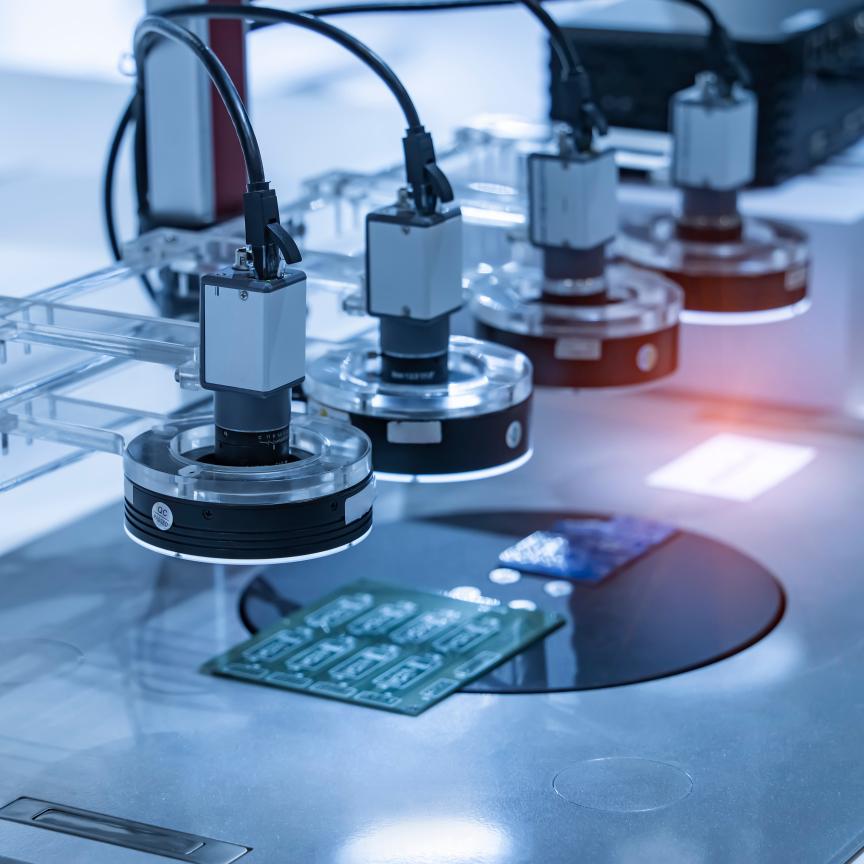Sandia National Laboratories has won two national Federal Laboratory Consortium awards for its efforts to transfer technology to supercomputer manufacturer Cray, and solar energy supplier Stirling Energy Systems.
The Federal Laboratory Consortium presented the Excellence in Technology Transfer Awards in Albuquerque at its national meeting, held on 26-29 April. The consortium is a nationwide network of technology transfer professionals at more than 250 federal laboratories and centres and their parent departments and agencies.
'Sandia has always done well in those recognition awards and it's an indication of our ability to transfer technology to industry,' said Hal Morgan, senior manager for Industrial Partnerships and Strategy at Sandia.
Sandia and Cray joined forces in 2001 to build the Red Storm supercomputer, the predecessor of the Seattle, Washington-based company's line of Cray XT supercomputers. When the partnership started, there were no commercial supercomputers that targeted complex simulations, said Sudip Dosanjh, senior manager of Computer and Software Systems at Sandia.
Peter Ungaro, Cray's chief executive and president, credits Sandia for the speed of the development. 'We would have gotten there, but we definitely wouldn’t have done it in the timeframe that we got there with Sandia, and we wouldn’t have built as good a product, if we had done it ourselves,' he said.
Since introducing the Cray XT line of supercomputers, the company says it has sold more than 1,200 Cray XT cabinets to more than 80 customers worldwide. The Cray XT line of supercomputers, which uses tens of thousands of processors working in parallel for several weeks on a single problem, has proven effective at solving a wide range of science and engineering problems related to climate change, fusion, material science, nanomaterials, biology and astrophysics.
Sandia's partnership with the Scottsdale, Arizona-based Stirling Energy Systems (SES) began in 2003 at Sandia's National Solar Thermal Test Facility. Sandia's technical expertise helped SES drop 4,000-6,000 pounds of steel from a 16,000-pound structure and halved the number of mirrors from 80 to 40, which reduced construction and maintenance costs, said Chuck Andraka, Sandia's lead project engineer. Sandia's improvements in the dish engine control system and in evaluating the interaction between the dish and its mirrors greatly aided this effort.
Steve Cowman, SES chief executive officer, said: 'The product has been significantly enhanced and improved by virtue of the collaboration and partnership that we have with Sandia.'

